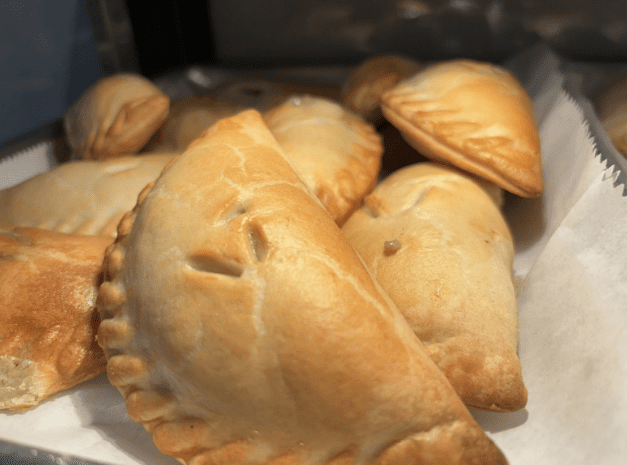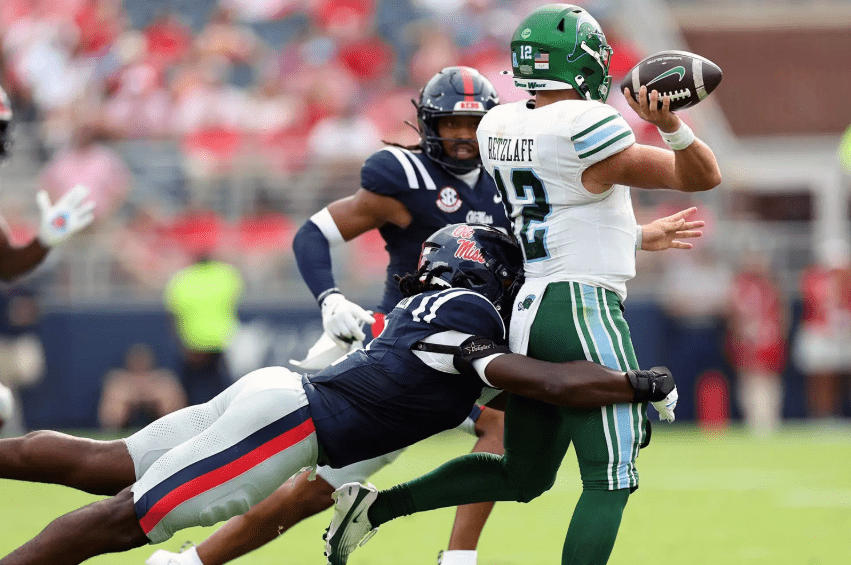
- How did a turkey become the traditional centerpiece for the Thanksgiving table?
Almost twenty years ago, a tom turkey and a hen were given to my family by a local grower. Recounting the story, my youngest son told me things about the gobbler I was unaware of. He had me in stitches while recounting his experiences with this crazy bird’s personality. But the following is our best story.
It was a typical day on the farm. The free-roaming turkeys were enjoying their day. The hen stayed near the barn, close to her nest, but the ole tom decided to venture away towards the house. Later in the afternoon, my oldest son arrived at the house, along with his dog, Rock, a short-haired pointer.
Everything was fine until Rock discovered the male turkey. As the dog rounded the house’s northwest corner, I saw the ole tom frantically running. Then, he decided that he would try to fly to get away. I don’t know where he thought he was going, but he didn’t get to the roof.
Instead, Tom plowed into the top section of my daughter’s bedroom window. The boys were in the kitchen when they heard the sound of glass breaking. They made haste to the back of the house, where they found the huge tom turkey standing on their sister’s bed. No “Gobble, Gobble, Gobble” was coming from him, nor did he try to run. He was dazed, but not hurt, from his traumatic experience. And to this day, none of us remember who grabbed the gobbler and took him back to the barn.
Shortly thereafter, the tom and his mate found a new home.
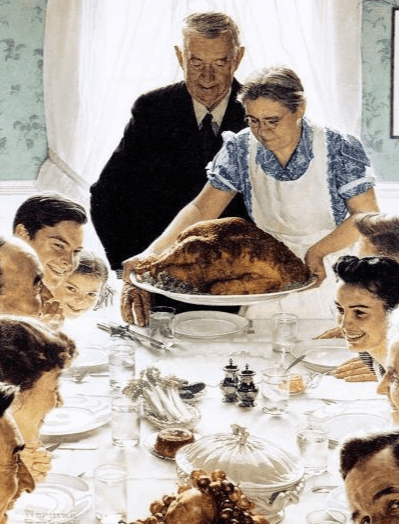
The Origin of the Tradition
How did a turkey become the traditional centerpiece for the Thanksgiving table? Did it originate from Normal Rockwell’s 1943 painting, Freedom From Want? The painting is also known as The Thanksgiving Picture, or I’ll be Home for Christmas.
When the pilgrims gathered in November 1621, there was no mention of a turkey on the menu, only that fowl was prepared. In other words, a turkey and Thanksgiving probably didn’t start together.
So, how did the turkey become a staple? The credit is given to author Mrs. Sarah Josepha Hale, who wrote about a turkey being served for a meal in the book Northwood, Life of the North and South (1827). In the book, she wrote that a turkey was “…placed at the head of the table.”
The New England states did observe the holiday, but Mrs. Hale, known as the Mother of Thanksgiving, wanted to see it added as a national holiday. She wrote letters lobbying the state and federal government for seventeen years. Finally, it would be Abraham Lincoln who made it a national holiday in 1863.
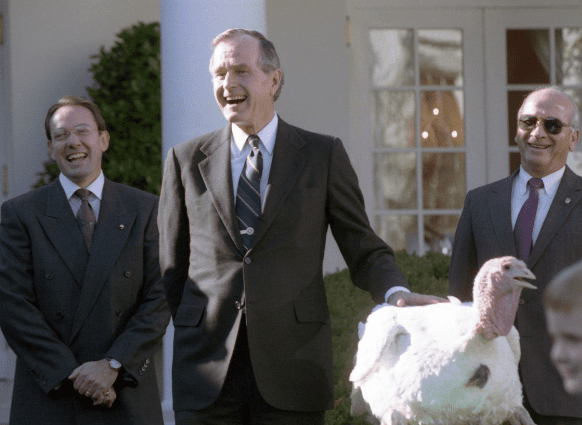
Presidential Pardon
Most of us have seen or heard about the presidential turkey pardon. Again, returning to Abraham Lincoln and the proclamation of Thanksgiving Day, a wild turkey had been given to the White House. He and his son were fond of the bird, so the President gave the turkey an unofficial pardon.
Pictures of former Presidents receiving a turkey, holding or petting the bird, and carving a large turkey are available online. John F. Kennedy is credited with publicly starting the trend to spare a turkey given to the White House. However, President George H.W. Bush in 1989 made the turkey pardon official.
On the National Turkey Federation website, you can find the names of the national Thanksgiving turkey and its alternatives. Usually, the names for the fowl come from the public. In 2023, the names were Liberty and Bell. Some of the past names were Butter and Bread (2019), Abe and Honest (2015), and May and Flower (2007).
This year, the two turkeys will come from Minnesota turkey farmer John Zimmerman for the presidential pardon for the second consecutive year. The official pardon ceremony and turkeys’ names will be announced a few days before Thanksgiving.
Mississippi Turkey Growers
According to the USDA, the top six states for turkey farms are as follows: Minnesota, North Carolina, Arkansas, Indiana, Missouri, and Virginia. As stated in the statistical report, the forecast for the number of turkeys raised in the United States is 219 million for 2023. Now, that’s a lot of turkey!
A few Mississippi farms are listed on the Market Maker Mississippi as a resource for pastured broiler turkeys and poults. Please call for information.
· Port Pond Farm –662-224-1019, located at 5325 Blackjack Road, Ashland
· Levee Run Farm –662-393-4189, located at 802 Grenada Blvd. Ext., Greenwood
· Fremin Farm –504-416-3042, located at 71 McCastile Road, Carriere
· Sugar Ridge Farms –601-613-4472, located at 278 Sugar Ridge Road, New Hebron
· Live Oak Farm –228-586-2431, located at 23229 E. Dubison Road, Pass Christian
· Southern Farm Hatchery –228-255-8529, located at 280101 Hwy 601, Perkinston
Another resource can be found here.
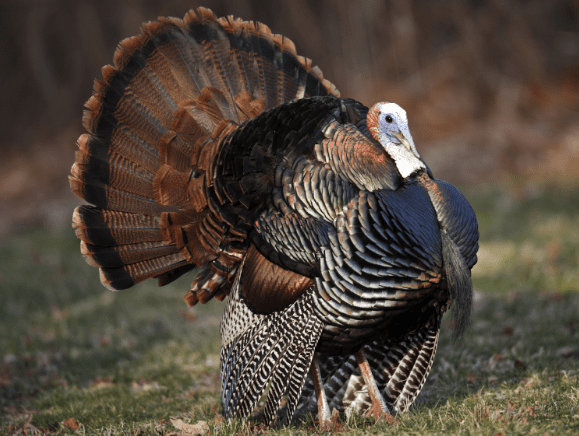
Enjoy A Day in the Woods Hunting Turkey
Eastern, Gould’s, Rio Grande, Osceola, and Merriam’s are the five subspecies of the American wild turkey. Here in Mississippi, we have the Eastern wild turkey. According to a Mississippi Extension Service publication entitled “Critter of the Month: Eastern Wild Turkey” (2021), there were approximately 250,000 birds in the state in almost every county. The article also covers research and tips for calling turkeys, reporting your harvest, and turkey management.
The male turkeys are beautiful, with over 5,000 brownish-black and tan feathers, long beards, and red, white, or blue heads. The hens are not as colorful and do not gobble. Wild turkeys are at home near the woods with open land for nesting, feeding, and roosting. If you drive the Natchez Trace, you will often see flocks in the fields, and in the spring, you may see their poults.
If you want a wild turkey for your holiday meal, you should have killed it this past spring. In 2023, the fall turkey hunting season was canceled. The decline in the wild turkey population is the reason.
The season for 2025 will be from March 15 to May 1st. The dates for youth 15 and under are March 8-14. Hunters need a license and a harvest record. Hunting turkeys requires a bow or shotgun; see regulations here.
You may not be familiar with turkey terminology. Let’s begin with a gobbler, an adult male. They can have a wingspan of five feet and an average weight of 18-22 pounds. If the male is a juvenile, it is called a jake. The female is a hen, and the baby turkey is a poult or chick.
If you are looking for semi-guided wild turkey hunts, consider the following websites:
McKenna Outfitters has their 2025 turkey hunting dates and rates with a two-gobbler limit, longbeards only. Another location is the Magnolia Outdoors Outfitters.
The Mississippi Extension Service has a variety of articles, such as The Life and Times of Fall Turkeys. To learn more about wild turkeys in America, visit the National Wild Turkey Federation website.
May your Thanksgiving Day be filled with grateful hearts and many blessings.


